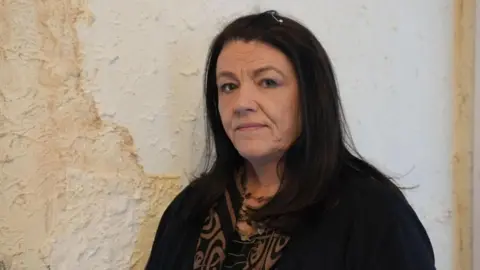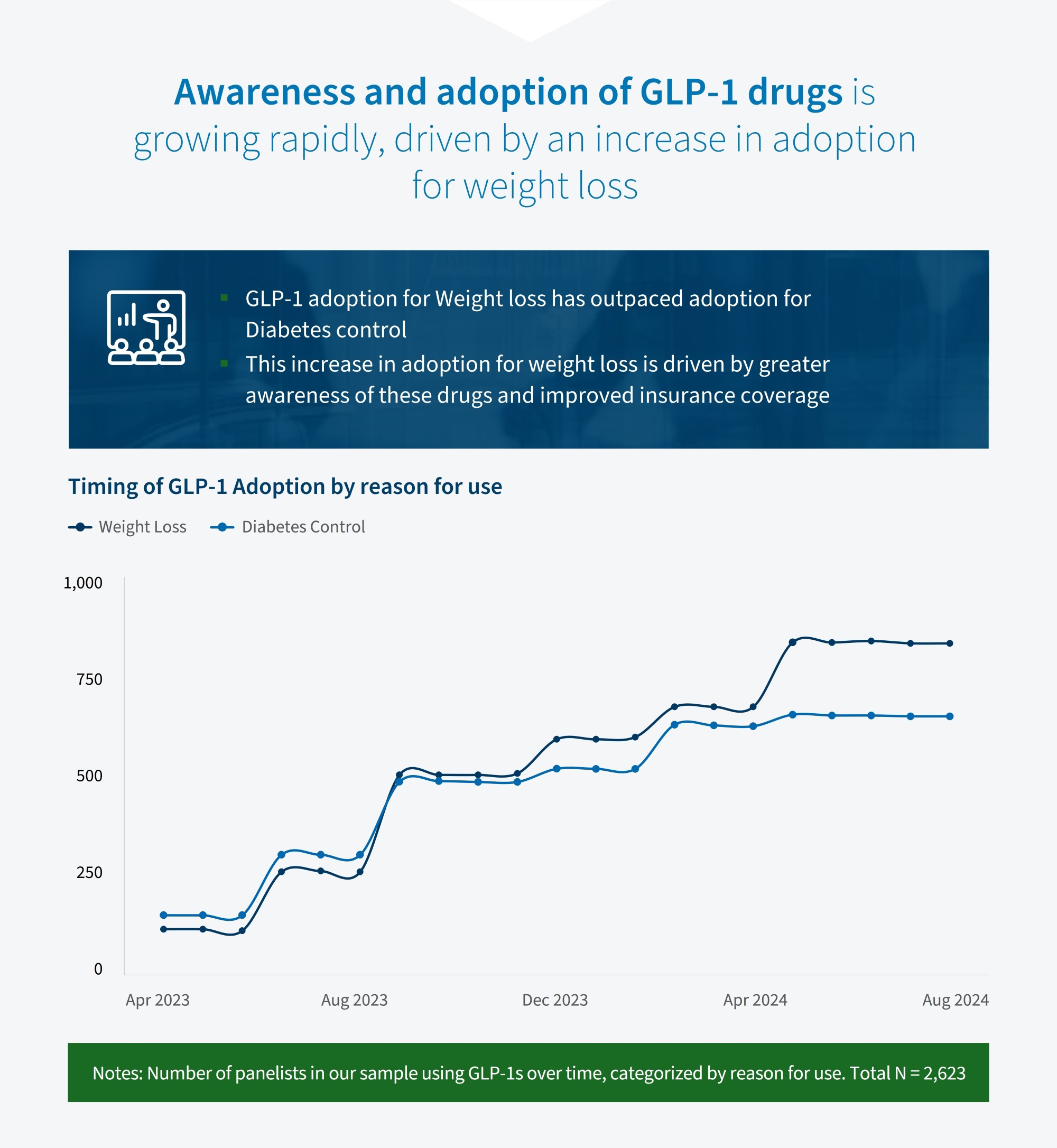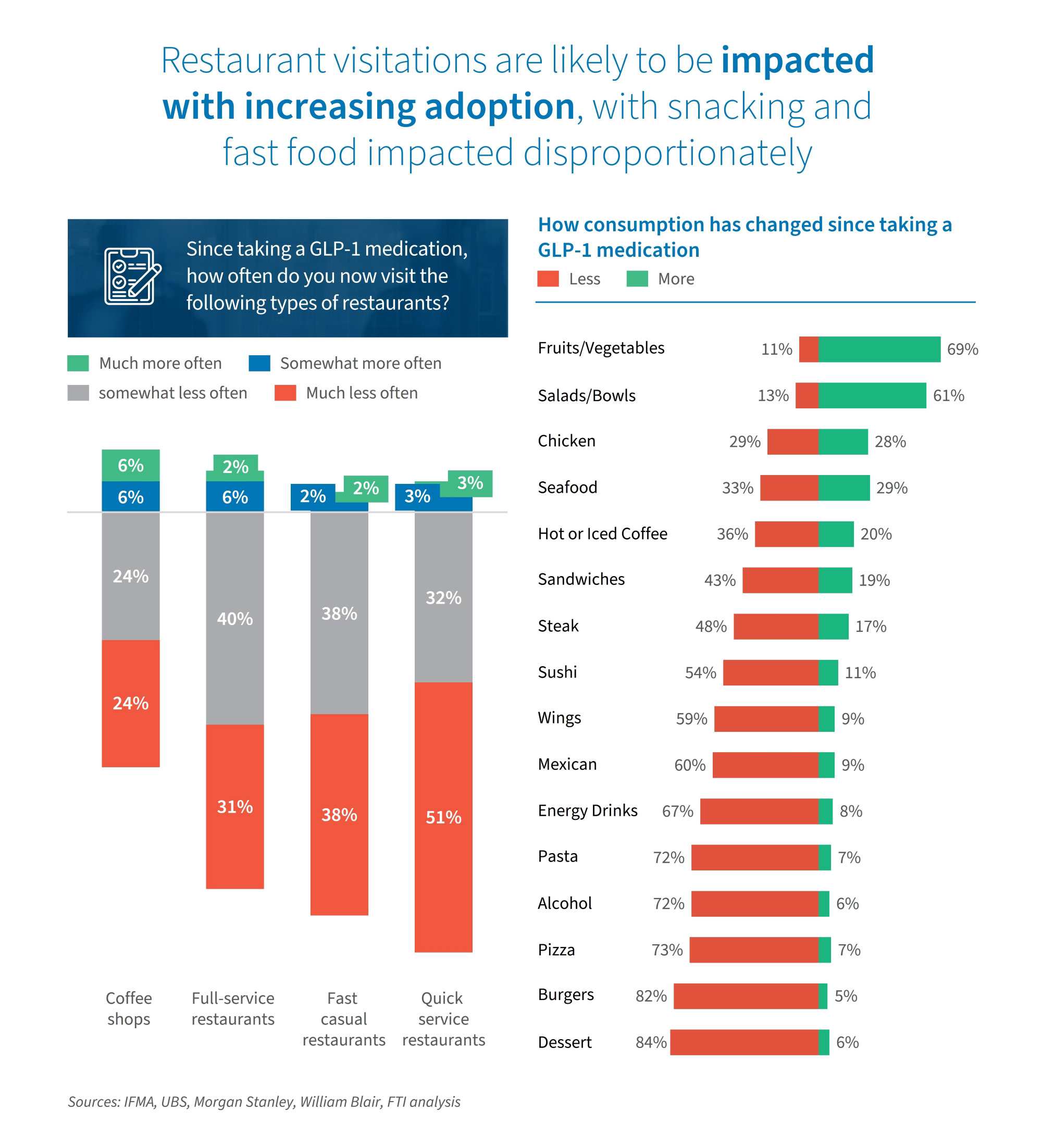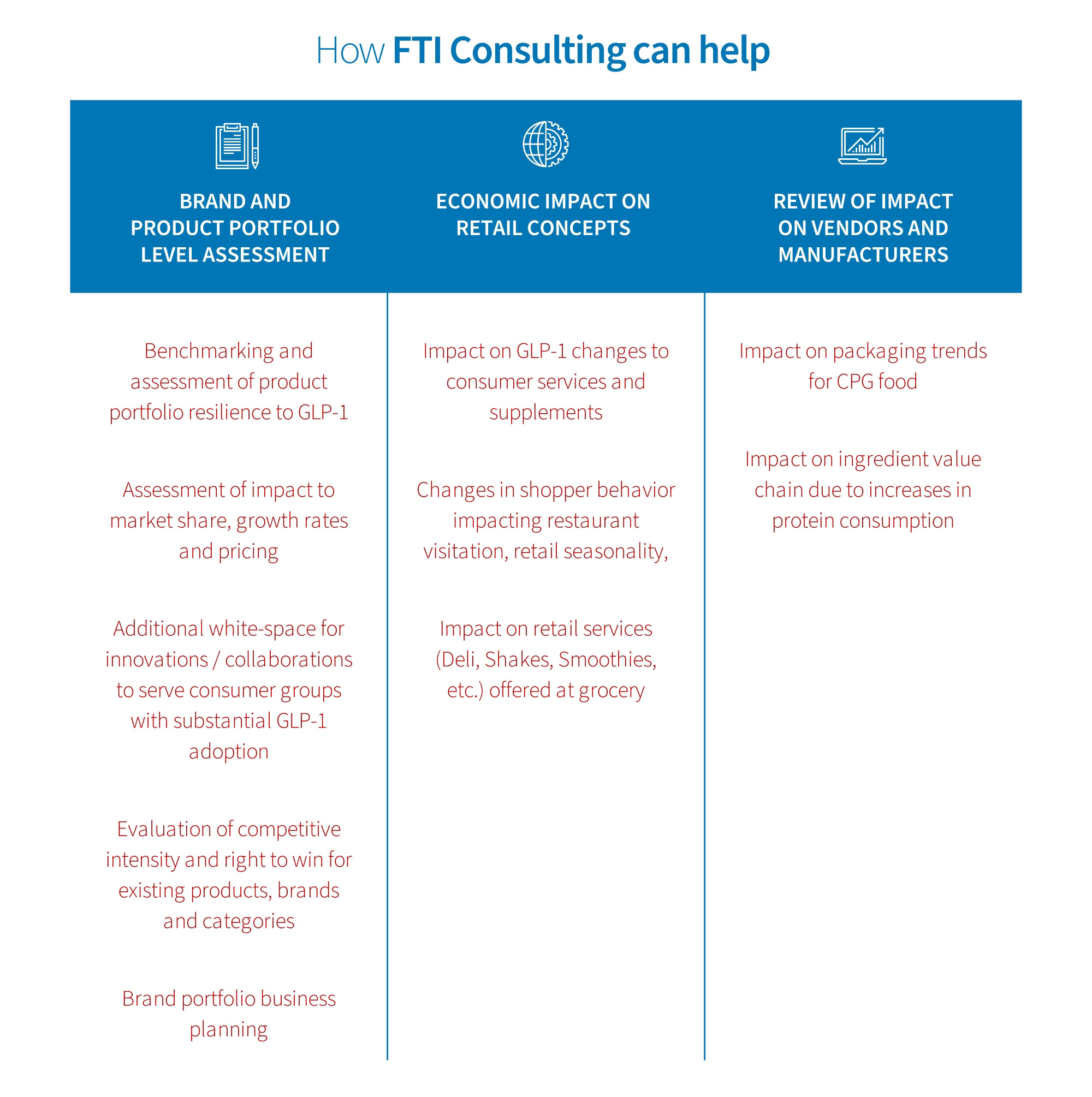Art Market
Monica Jae Yeon Moon
Portrait of Jason Haam. Courtesy of Jason Haam.
Exterior view of Jason Haam gallery. Courtesy of Jason Haam.
The hills of Seongbuk-dong, dubbed by locals the “Beverly Hills of Seoul,” might have seemed like an unusual place for Jason Haam to open his eponymous gallery in 2017. After all, the district was more associated with its art historical offerings than its contemporary clout: Famous attractions include the Kansong Art Museum, founded in 1938, which houses a collection of pre-colonial objects.
But Haam, who was 27 at the time, was undeterred. He opened his gallery with a splashy show of works by the L.A.-based painter Oliver Arms that promptly sold out. The buzzy launch would soon prove to be something of a rule rather than the exception for the ascendant gallerist. Haam went on to host the first Seoul solo shows of famed artists, including Sarah Lucas and Urs Fischer, whose semi-retrospective in 2024 transformed the gallery’s second venue into an all-white space when it expanded its footprint that year. Haam has also been instrumental in the Cinderella-esque success story of painter Moka Lee, an alum of The Artsy Vanguard, whom he met as a struggling young artist working a part-time job in a small studio. Now, her paintings regularly sell for six-figure sums.
So how did this plucky young gallerist fresh out of his mandatory military service manage to find a space in a coveted area of Seoul and fill it with works by star artists?
Exterior view of Urs Fischcer, “Feelings,” at Jason Haam, 2024. Courtesy of Jason Haam.
The story, in fact, is rather familiar: having seen success in the dermatology industry in the 1990s, Haam’s parents were themselves art collectors. Haam grew up around paintings by 20th-century Korean masters such as Cheon Kyeong-ja, Kim Whanki, and Park Su-geun. At the time, however, having an art collection was not necessarily an indicator of a luxurious lifestyle. When, as a child, Haam asked his mother why she was spending money on art when they didn’t have a fancy car or clothes, she said that she considered the paintings not as a luxury, but as a savings account that “she can cash in whenever she wants.”
This practical attitude towards money and his astute interest in the value of things followed him to New York. In 2013, around the time he graduated from Cornell University, after attending high school in Switzerland, he visited Pace Gallery in Chelsea to view a show of Yoshimoto Nara’s works. He was there on behalf of his mother, who planned to do a gallery tour in New York but had to cancel at the last minute.
The encounter proved formative. Although he grew up surrounded by art and seeing his parents purchase art, he never saw it as a business. His degree was in material engineering, after all. “I was like, ‘Hey, this size of gallery would cost $20-$30 million, and so the rent alone would be $50,000–$60,000. How can a gallery with seven paintings pay this rent and all the staff? It didn’t add up.” To get some answers, he went up to the reception, where he was introduced to a sales director. That’s when it all made sense to him. Here was a business model where people are professional and elegant, showing beautiful things, sustaining itself within one of the most expensive real estate markets in the world. “I was hooked,” he recalled.
Haam returned to Korea in 2014 to complete his mandatory public service. During this time, he worked in a lab while side-hustling as an art dealer for his acquaintances. In the early 2010s, Seoul wasn’t the connected art capital it is today. This meant, according to Haam, that many dealers were selling works purchased overseas for “double, triple” the original price to their Korean clients.
Installation view of Urs Fischer, “Feelings,” at Jason Haam, 2024. Courtesy of Jason Haam.
Of course, it helped that he had a cosmopolitan background, having spent his youth in the U.S. and Europe, and is fluent in both Korean and English, enabling him to navigate the international art world rather smoothly. Most of all, he wasn’t afraid when it came to prices: “People don’t mind telling me prices, so I ask all the time. It’s my thing,” he said. So Haam had found a niche as an international, “transparent dealer.” He was soon trading works by the likes of Nara, Yayoi Kusama, and Jonas Wood.
What initially began as more of a favor sprouted into a seed to open his own business. “I should be able to trade my own artist,” he recalled. So Haam prepared to open his own gallery with a lofty goal in mind. “To be honest, at the beginning, I really didn’t care if the artist came from Korea or not. I thought it could be anyone, like an American artist who is not yet famous, and I could make them famous around the world,” he recalled. For about a year after opening the gallery, Haam endeavored to bring a mix of established and mid-career artists from Europe and the U.S. to Seoul for the first time, such as Arms, as well as Ghent, Belgium-based artists Peter Buggenhout and Marie Cloquet, who participated in a dual show at Jason Haam in 2018.
Installation view of HAN Jiyoung, “Lavish Bone,” at Jason Haam, 2024. Courtesy of Jason Haam.
Along the way, connections and encounters have helped to propel him higher. One such prominent figure was the eminent London gallerist Sadie Coles. Coles and Haam had been in touch ever since she answered his cold email asking for advice, to his surprise. When Coles traveled to South Korea, just before Haam opened his gallery, she asked if he wanted to show any of her artists. Having himself purchased a work by Sarah Lucas—a mixed media collage titled Supersensible (1994)—from the artist’s first solo show in New York, he immediately said he would love to show the iconic British artist. The show, titled after Lucas’s collage, opened in 2019 and marked her solo debut in Asia.
Recent years have brought further shifts for both Haam and the Seoul art world around him. With the expansion of the local art market, things began to change: From 2021, more international galleries flocked to open their branches in Seoul.
Installation view of Sarah Lucas, “Supersensible, Works 1991-2012,” at Jason Haam, 2019. Courtesy of Jason Haam.
Haam recalls the announcement that the international art fair Frieze would host an edition in Seoul, debuting in 2022. Although he already had a successful series of shows with artists from around the world, as a young gallerist based in Seoul, “Everyone was judging me for the Korean artists [I worked with]; they didn’t care if I had an American artist,” he noted. “In short, I needed a Korean artist to get into Frieze.”
It was around this time that he encountered the works of Moka Lee online. While he could usually tell how a painting is made, he couldn’t figure out how she did hers. “The surface looked almost like marble, flat but luminous, with depth like real life but not realistic,” he remembered. His curiosity prompted him to start a conversation with Lee. “I knew I was onto something big.”
And he was. Shortly after meeting Haam, in 2023, Lee began to prepare for fairs, and in March that year, showed with Haam at Art Basel Hong Kong’s “Discoveries” section. Two years later, Lee showed in a group show at No.9 Cork Street, Frieze’s gallery in London.
With the gallery pool diversifying, the demand and attention for young, contemporary Korean artists to work with also increased, as well as gallerists like Haam, who have put a few of them on the map of the global art market. Today, Lee is a central part of the gallery’s program that includes a dynamic mix of emerging and established talents. Haam is currently gearing up for a group show focusing on the nude body, with its roster of ’90s-born artists of Korean heritage—Lee, HAN Jihyoung, Cindy Ji Hye Kim—alongside the likes of Fischer, Lucas, Daniel Sinsel, Issy Wood, Emily Mae Smith, and Amanda Baldwin. Many of these names will also be included at its booth at Frieze Seoul this year.
So, having realized his initial goal, what does success look like for the gallerist now? For Haam, it’s about finding a “long-lasting artist ” who defines a generation, a time, and a background. In short, it’s about legacy—something Haam is not intimidated by.
He gives the analogy of the Champions League Final, a match between 22 of the best soccer players in the world. It’s similar to the commercial art world, he says, where “to a certain degree, it’s only the top that matters.” He continued, “If there is a Korean player in that match, imagine how that would make a Korean person feel.”
But, he notes, such an emotional impact is not necessarily reflected in the price of the ticket. The same goes for art and artists. “There is an aspect of art that is very valuable in a way that is not quantitatively definable,” he said. In other words, it’s about capturing value, beyond a savings account.


















